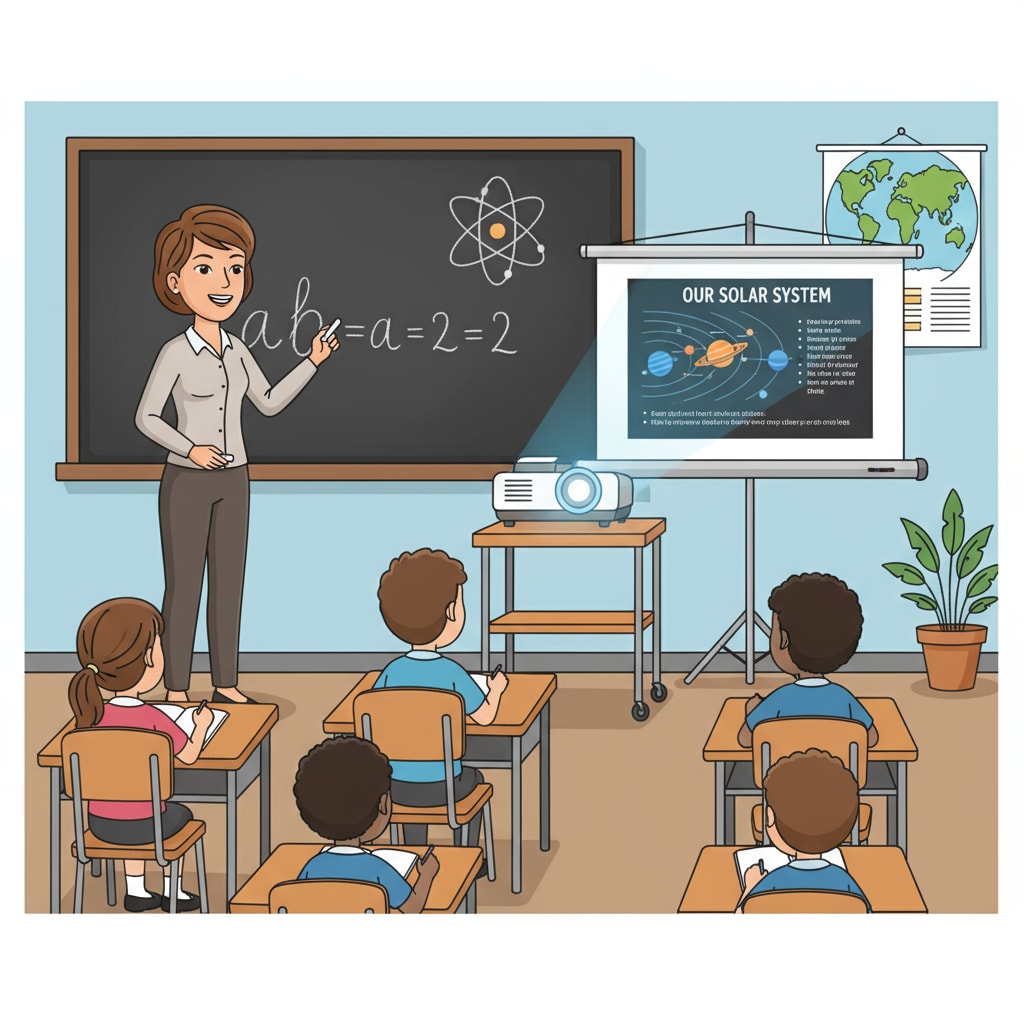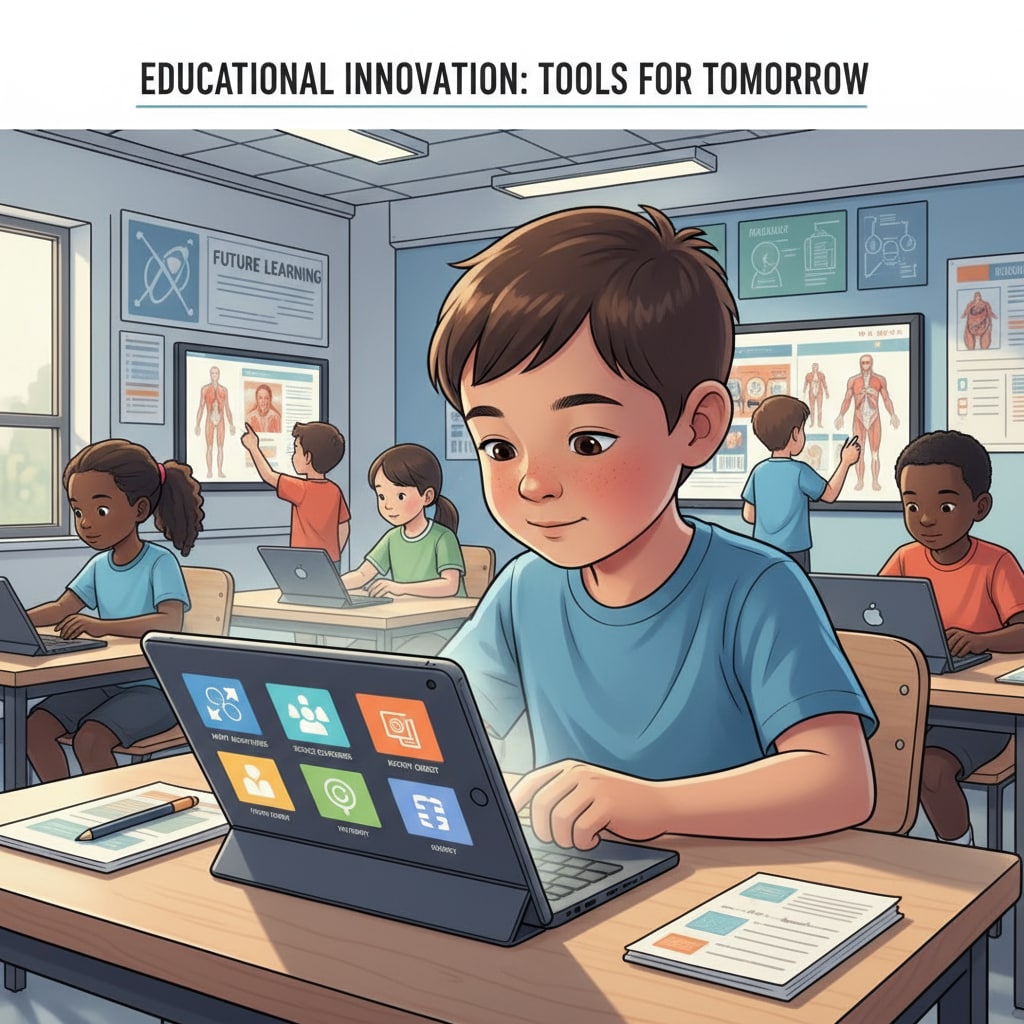In the realm of K12 education, the interplay between teaching methods, technology, and the learning environment has become a crucial topic of discussion. As educators strive to provide the best possible learning experiences for students, the question of how to integrate traditional teaching approaches with new technological tools looms large. Let’s delve into this complex issue and explore ways to find the perfect balance.

The Allure of Traditional Teaching Methods
Traditional teaching methods have been the cornerstone of education for centuries. For example, face-to-face lectures allow teachers to directly interact with students, gauge their understanding, and answer questions on the spot. Group discussions in a physical classroom setting encourage students to share ideas and develop critical thinking skills. According to Wikipedia’s entry on classroom interaction, these in-person interactions play a vital role in the learning process. Additionally, hands-on activities and tactile learning materials can enhance students’ understanding of complex concepts. These methods create a familiar and comfortable learning environment that many students thrive in.
The Rise of Technological Teaching Tools
In recent years, technology has revolutionized the education landscape. Interactive whiteboards, educational apps, and online learning platforms are just a few examples of the technological tools available to educators. These tools offer personalized learning experiences, as students can progress at their own pace. For instance, adaptive learning software can identify a student’s strengths and weaknesses and provide targeted instruction. As stated in Britannica’s article on educational technology, technology also enables access to a vast amount of educational resources from around the world, expanding students’ horizons. Moreover, virtual reality and augmented reality technologies can create immersive learning environments, making learning more engaging.

However, relying solely on technology also has its drawbacks. Some students may struggle with the lack of face-to-face interaction, and technical issues can disrupt the learning process. Therefore, it’s essential to find a balance.
Creating a Blended Learning Model
To create an effective learning environment, educators can adopt a blended learning model that combines the best of both worlds. This could involve using traditional teaching methods for foundational concepts and then leveraging technology for reinforcement and extension. For example, a teacher could deliver a lecture on a topic and then assign online activities for students to practice and deepen their understanding. Group projects can be conducted in a physical classroom, while online platforms can be used for research and collaboration. By integrating traditional and technological teaching methods, educators can cater to different learning styles and enhance the overall learning experience.
Readability guidance: The key is to use a variety of teaching tools and approaches to meet the diverse needs of students. Short paragraphs and lists help summarize important points. Each section focuses on different aspects of teaching methods and technology integration. Using transition words like “however” and “therefore” makes the flow of the article smooth.


